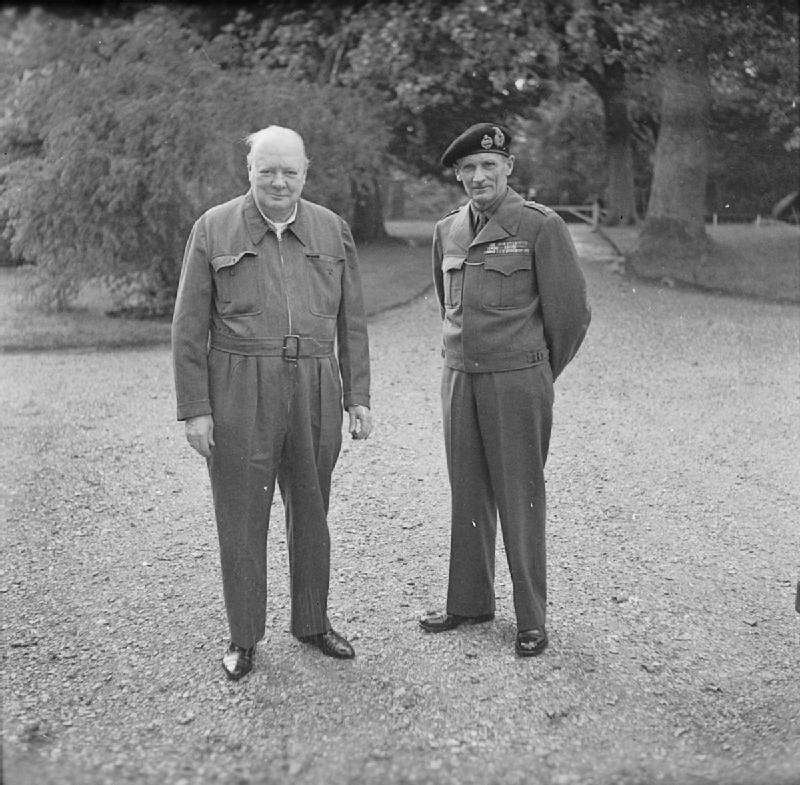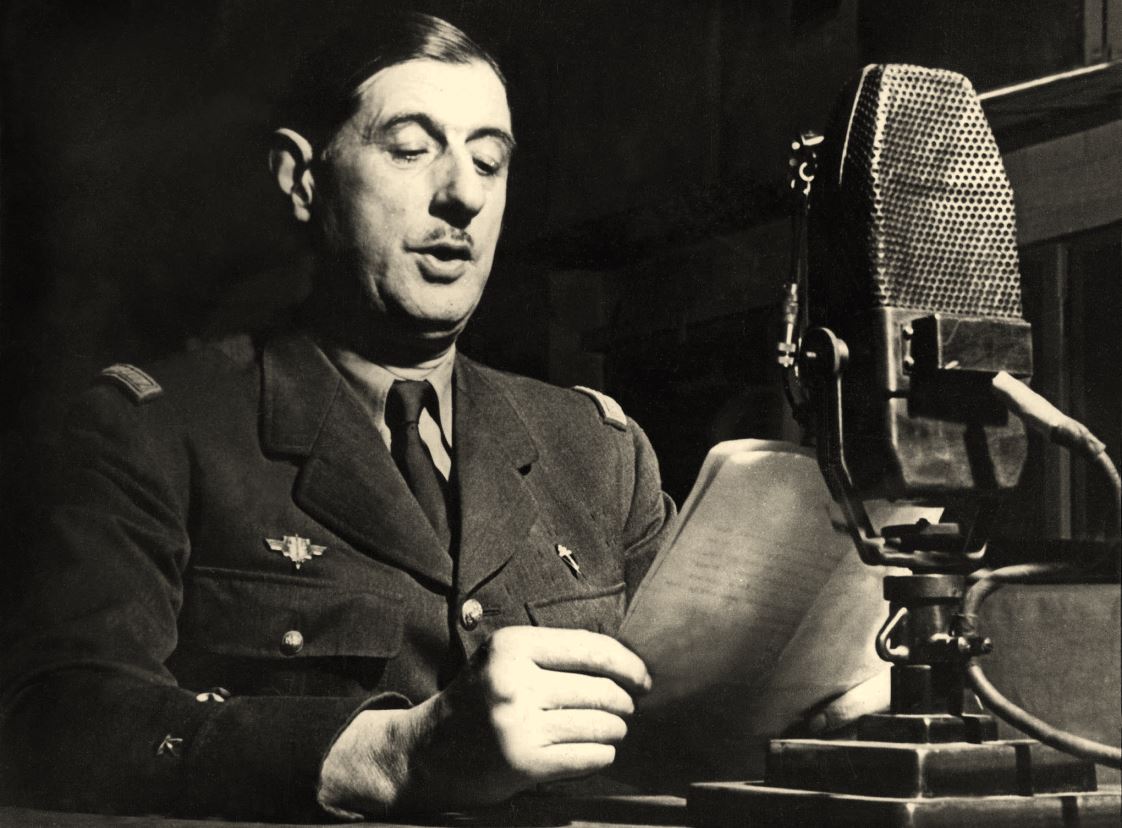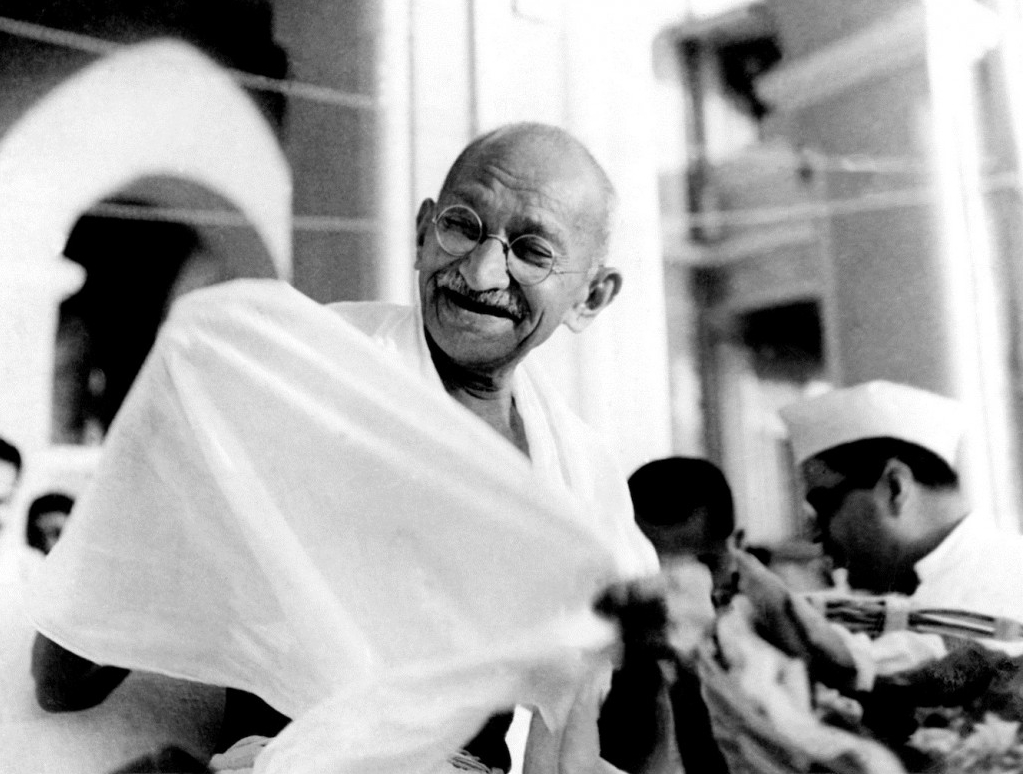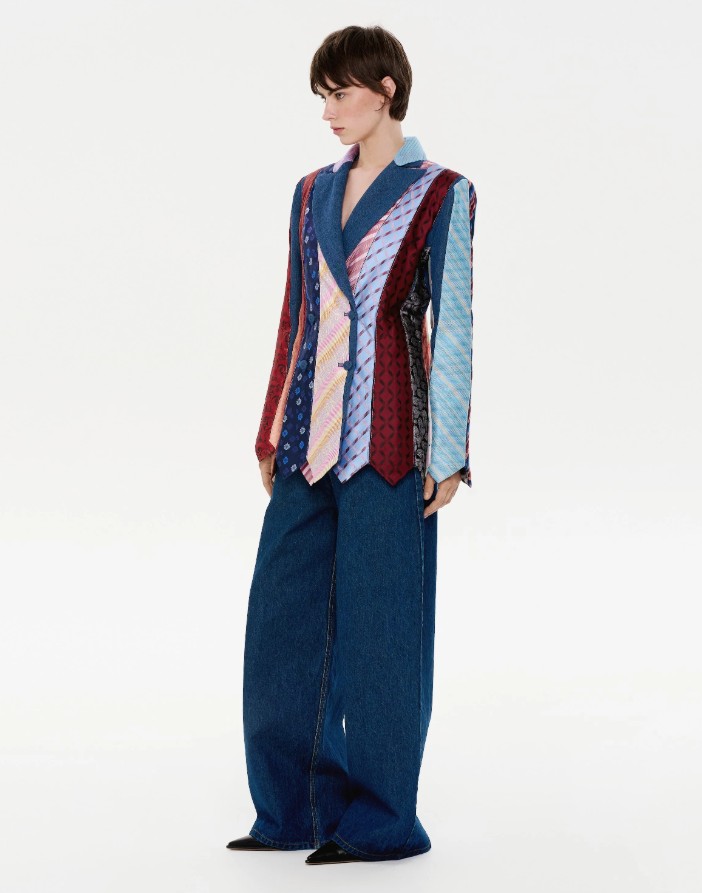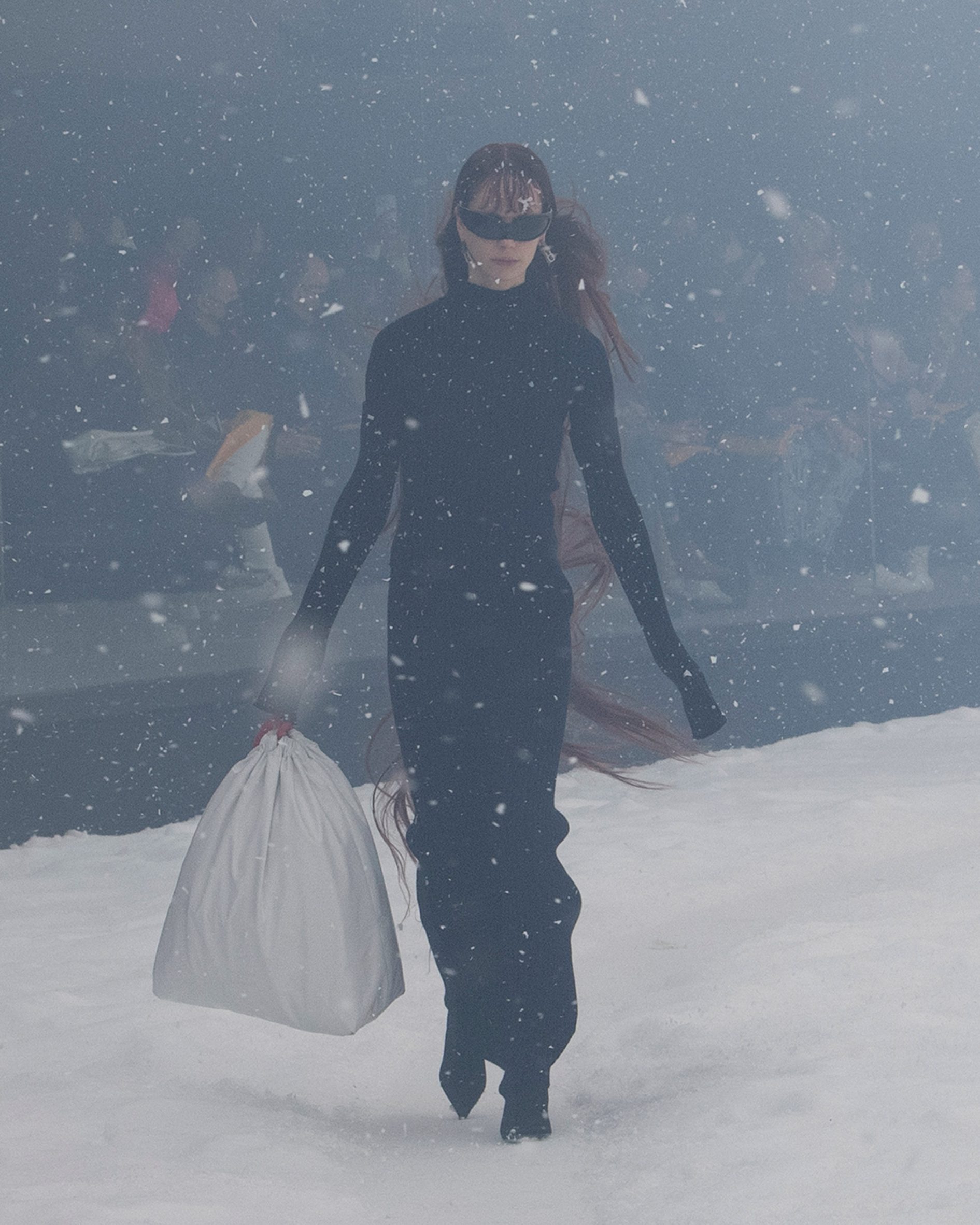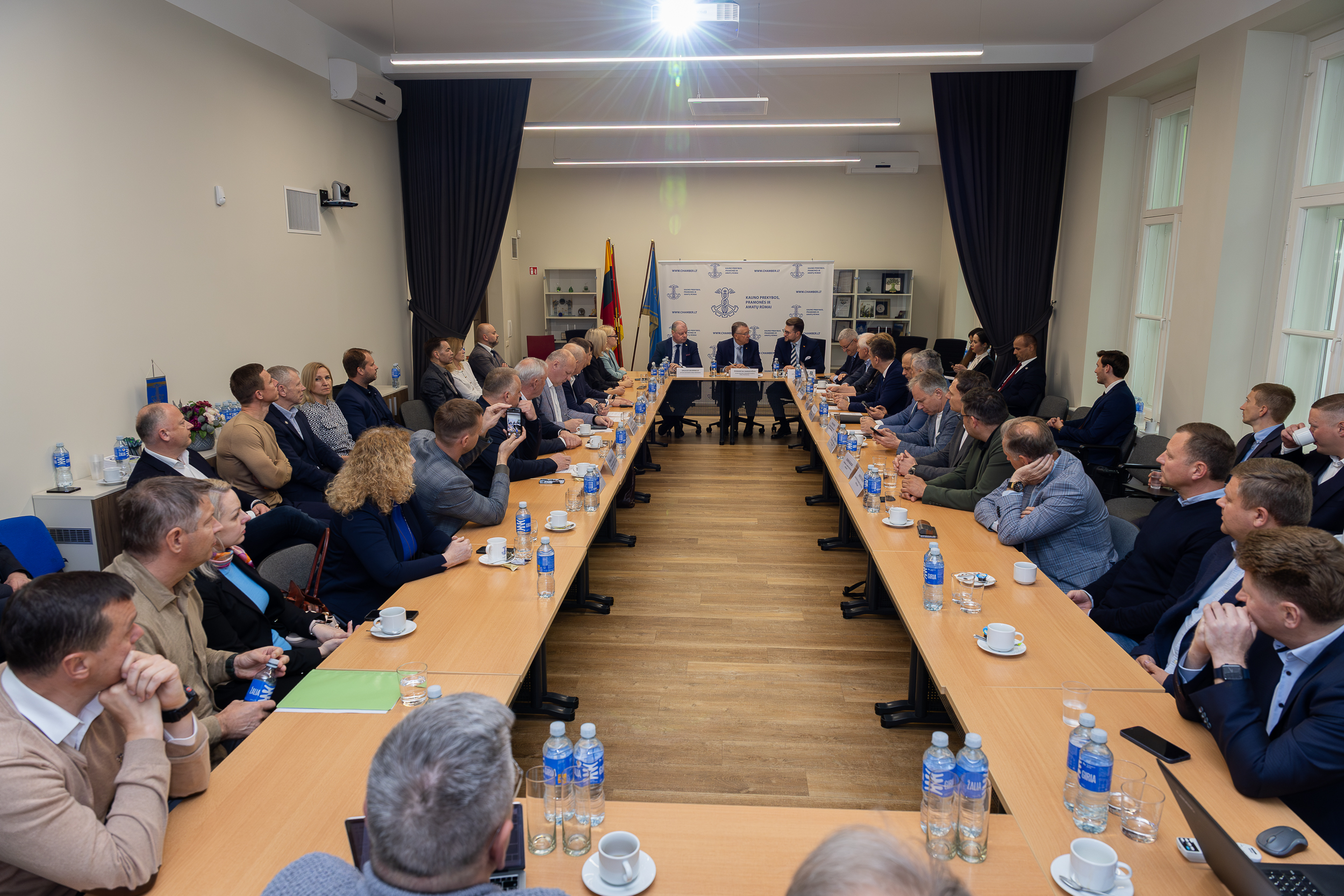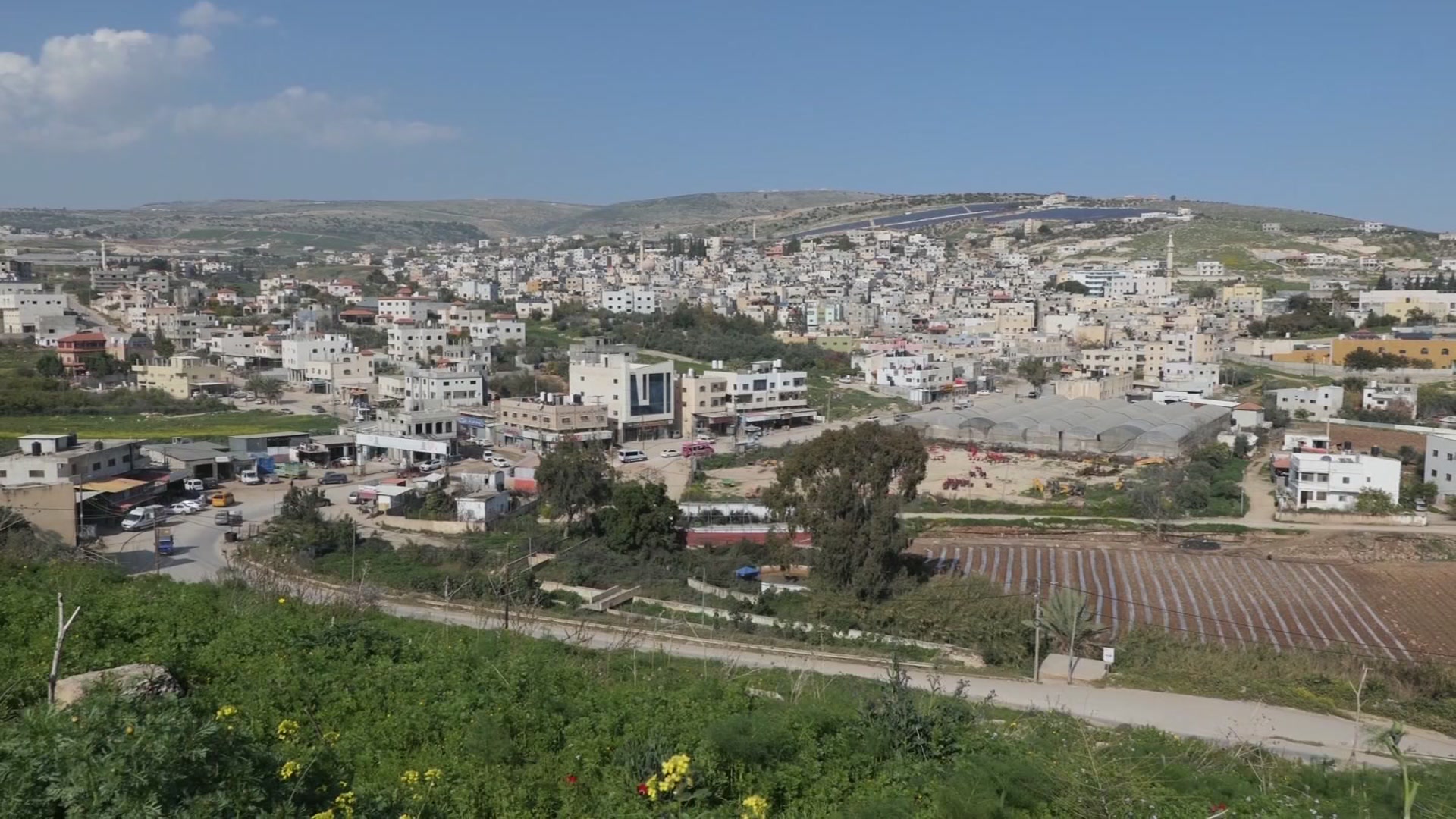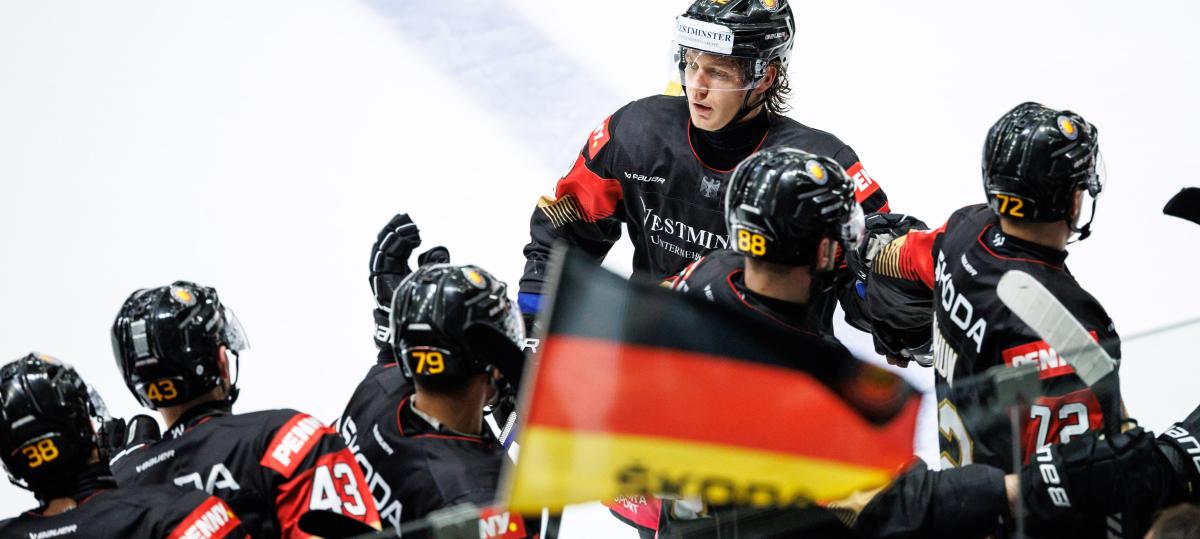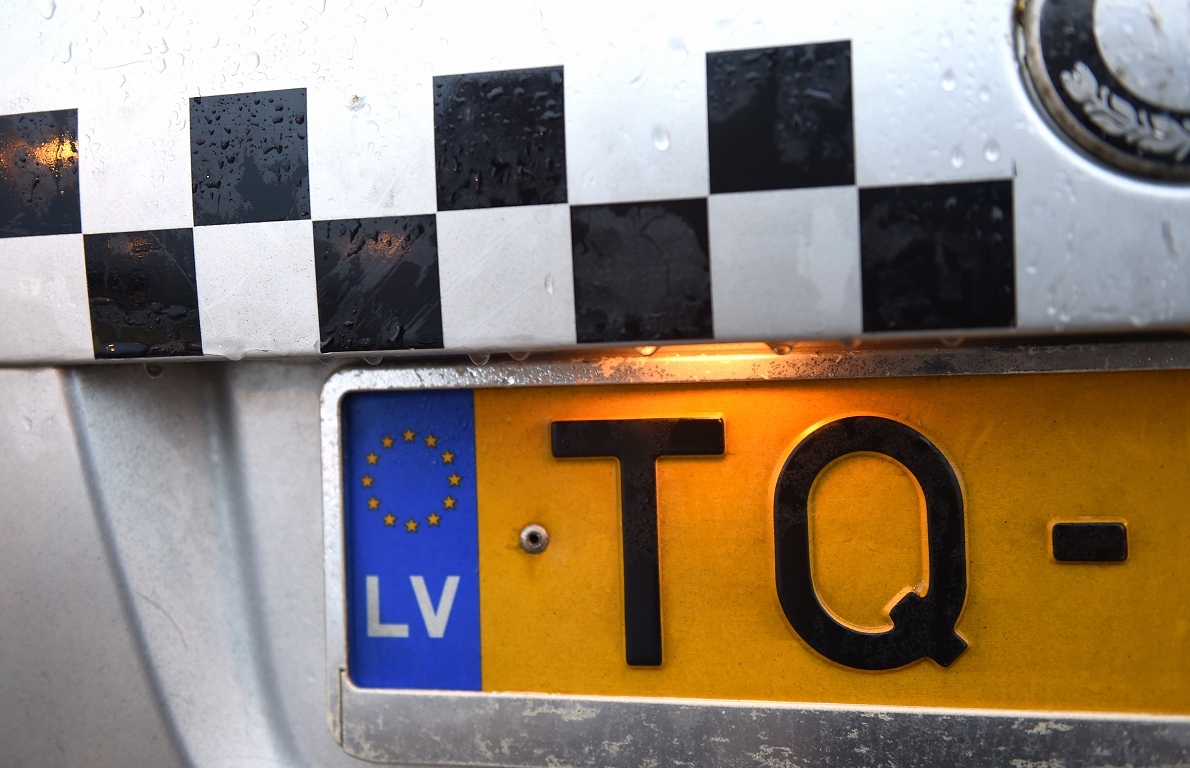Symbolism of warfare
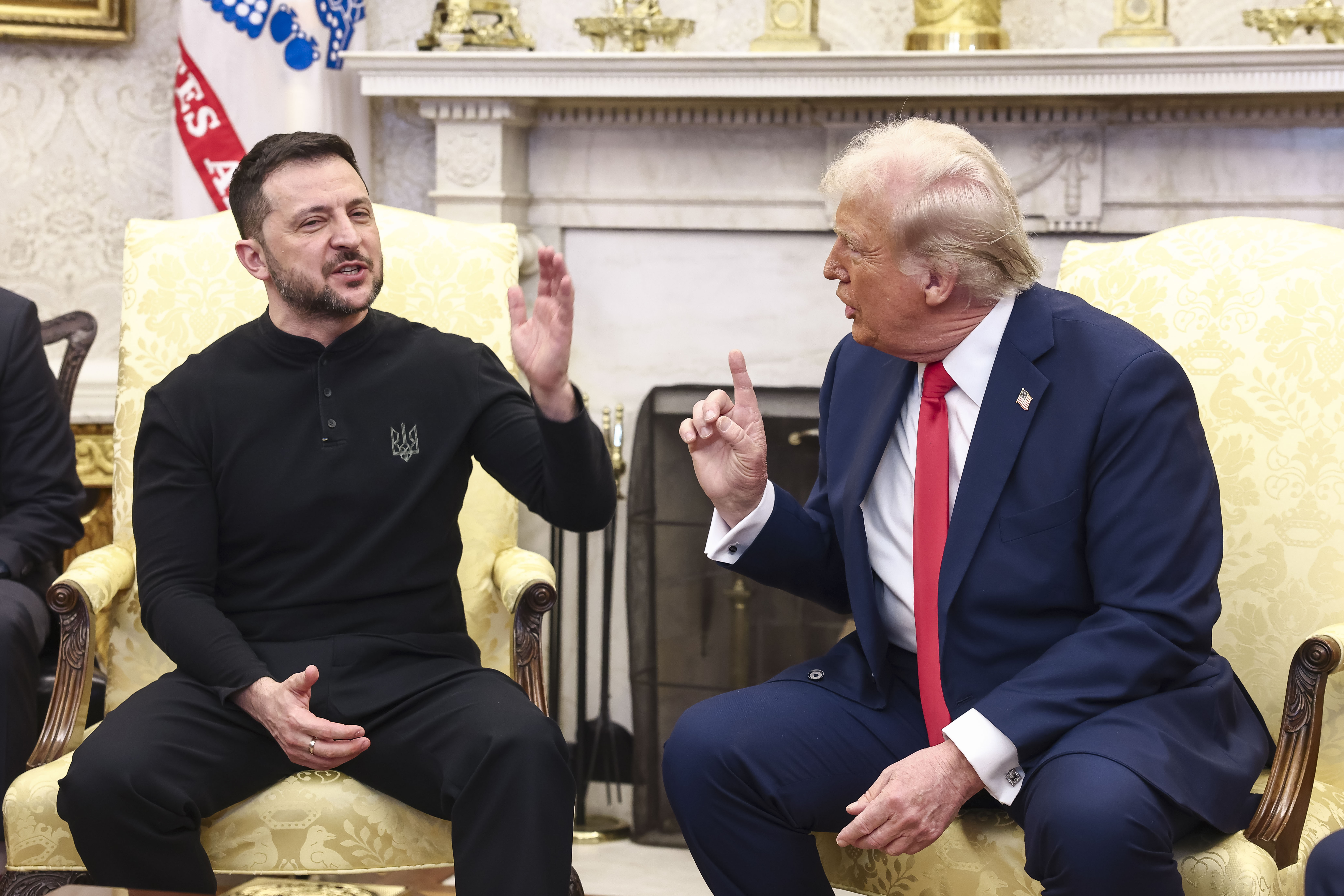
This conversation reminded that in the face of war, even the garment becomes a kind of political statement. In response, the President of Ukraine only confirmed the fact that what we are wearing during the war – and what we deliberately refuse – becomes more than an aesthetic choice. This is a position.
The incident was not a regular exchange of replies – it became a symbolic moment that reflects the two different prisms of the world. For some, war is a long -haired geopolitical background on Instagram Stories. For others, everyday preparation, trenches, rocket sounds and struggle for survival.
From the very beginning of the Russian invasion, the utilitarian wardrobe chosen by V. Zelenski in 2022 is not a sign of convenience but a sign of solidarity. This is how Ukraine’s president chooses not to lead from afar, but to join those who are fighting in the trenches. His outfit sends a clear message – I’m here with my people.
Volodymyr Zelensky with Donald Trump. Photo by Scanpix
Historical Context: Symbolism of Uniforms
At all times, military uniforms have been accommodating a lot – both practical and symbolic meanings. Not only did she help distinguish her own from enemies, but she also created a collective identity, gave the soldiers a sense of community, and sent a clear message to the enemy about the organized force.
Understanding the cultural power of the garment, the 18th century. In Scotland, the British authorities banned traditional Tartan writings (an act of clothing in 1746) to break the spirit of the Scottish Mountains. However, the prohibition only strengthened the meaning of Tartan as a symbol of resistance: secretly protected and transmitted, it remained and later became a sign of Scottish pride.
Commons Wikimedia Photo
Lithuanian post -war partisans also had a great understanding of the importance of the uniform. It was not easy for the Forest Brothers who fought against the Soviet occupation in 1944-1953, but any uniform parts were extremely important and treated to a symbol of the fight. At risk for life (the Soviets’ guerrilla uniform meant the deadly « bandit » sign), they were proud to wear uniforms or fragments of the interwar Lithuanian Armed Forces. Of course, not all guerrillas were able to wear these uniforms constantly, but the surviving photos testify to the fact that the partisans tried to look like part of our country’s army. The uniform meant connection to them with independent Lithuania and the hope that the world would recognize them not by criminals but by soldiers. It was a psychological weapon – a statement conveyed by the garment: we are legitimate defenders of our country.
One of the most iconic and history of war -era clothes – the so -called Siren Suit. This seamless, zipper -fastened overalls were created and popularized by the United Kingdom Prime Minister Winston Churchill during World War II. He wore this garment both at official meetings, at the dinner table and in the hiding places during the night bombings. The garment symbolized preparation for any scenario: from bomb to diplomatic negotiations.
From left: Winston Churchill. Commons Wikimedia Photo
US President Franklin D. Roosevelt retained the classics, the official costume. However, it was also not just a random choice. In his outfit, he sought to symbolize stability, order and hope that people were so lacking during the war. His towing costume became like a promise to the nation.
French General and politician Charles de Gaulle never gave up his country’s uniform, even when he was exile. During the war, this selection of general took a special meaning – the uniform became a living symbol of French continuity, resistance to Nazism and an independent state. Even while living in exile, he was wearing a military uniform in public – his figure, which appeared in the BBC’s appeals, became a sign of hope and the unmistakable spirit to all the inhabitants of the occupied France.
Charles de Gaulle. Commons Wikimedia Photo
Clothes as a means of resistance
Not only uniforms, but also everyday clothes can turn into a means of resistance, especially under the conditions of occupation or dictatorship. One of the most famous examples is the Mahatma Gandhi -led clothing boycott in India. Mr Gandhi urged the dishes to give up British Fabric Textile Products and Prepared at Home Washed Khadi tissue. The Indian traditional white cotton outfit has become a symbol of peaceful resistance to the British Empire: « The most ornate fabric is not beautiful if it gives birth to hunger and suffering, » Gandhi said. People burned massively British clothes and proud to wear a modest Khadi; The garment turned into the flag of the economic and spiritual war – reminding that the fight was not only in the battlefield but also in every person’s daily life.
Mahatma Gandhi. Commons Wikimedia Photo
In occupied countries, the national costume often plays the role of a secret protest. During the Soviet oppression, many Lithuanians fostered national costumes, national bands or tricolor brooches, even if they were not safe to wear them. The national costume, passed down from generation to generation, guarded historical memory. Similarly in Ukraine, a traditional embroidered white blouse – Vyšyvanka – already in the 19th century. had become a symbol of national revival, and in Soviet times and later a sign of peaceful resistance. In the face of Russification and prohibitions, Ukrainians continued to wear Cyšyvka, emphasizing the cultural identity. Today, in the face of war, Vyšyvanka has gained an even deeper meaning – it means the irresistible spirit of the nation. Ukrainians, even in the front trenches, celebrate the day of Vyšyvanka, wearing a traditional shirt under bulletproof vests.
After the authorities ban the colors of the historic Belarusian flag, People flock to the streets, protesting against the prevailing regime. People did not carry illegal flags, instead they wore white t -shirts, red ribbons or scarves, white pants, skirts. In the Iranian women’s uprising in 2022. The majority of the protest became a hijab depression – hundreds of women publicly burned them, demonstrating disapproval of the dress code imposed by the religious regime.
The influence of war on fashion
The Russian war in Ukraine raised the theme of the symbolism of clothing and uniforms worldwide. Ukraine has become an example of how military uniforms, national costume and even high fashion are intertwined in the face of war.
V. Zelenski and members of the government abandoned formal outfits during the war. Their choice is clear – no ties during the war. Designer Ksenia Sanaider noticed this accent and created a jacket from old men’s ties to portray that men now not – they wear uniforms or other clothes suitable for hiding places. The exhibit of the collection – a jacket made of ties – aptly reflects how the war changed their daily fashion: entrepreneurs changed costumes to camouflage clothes, and office etiquette was temporarily replaced by the realities of the front.
Photo by KseniaSchnaider
Not only Ukrainian creators, but also the whole fashion world responded to the ongoing war. Already in 2022 In March, Demna Gvasalia, a designer of the famous Balenciaga brand, organized a memorable performance at the Paris Fashion Week – models, stumbling over artificial blizzards, carried handbag -like handbags like refugees leaving their homes. On each guest’s chair, Demna left a blue and yellow shirt and a letter saying that « Fashion Week now looks absurd, but its withdrawal would be a surrender to evil. » The designer, who had experienced part of a war refugee in his childhood, devoted the show to the courage of the people of Ukraine: « This show is courage, resistance, victory of love and peace, » he wrote.
Balenciaga performance at Fashion Week, March 2022. Photo by Dezeen.com
The conclusion
From the partisan uniform in the forest hiding place to the presidential sweater in the international grandstand, from the burned colonial fabric to the fashionable streets of a camufliene garment – clothing tells stories, expresses positions, demonstrates inner experiences. The garment can shout, witness, resist, grieve, concentrate. May unite a nation, to raise a spirit, to send a message to the enemy. It can be paramilitary, national, daily or performative, but most importantly conscious.
Perhaps the day when Zelensky will put on a suit again, there will be no transition to a diplomatic protocol, it will be a symbolic moment to mark victory, peace and return to life where the garment can only be a garment.


